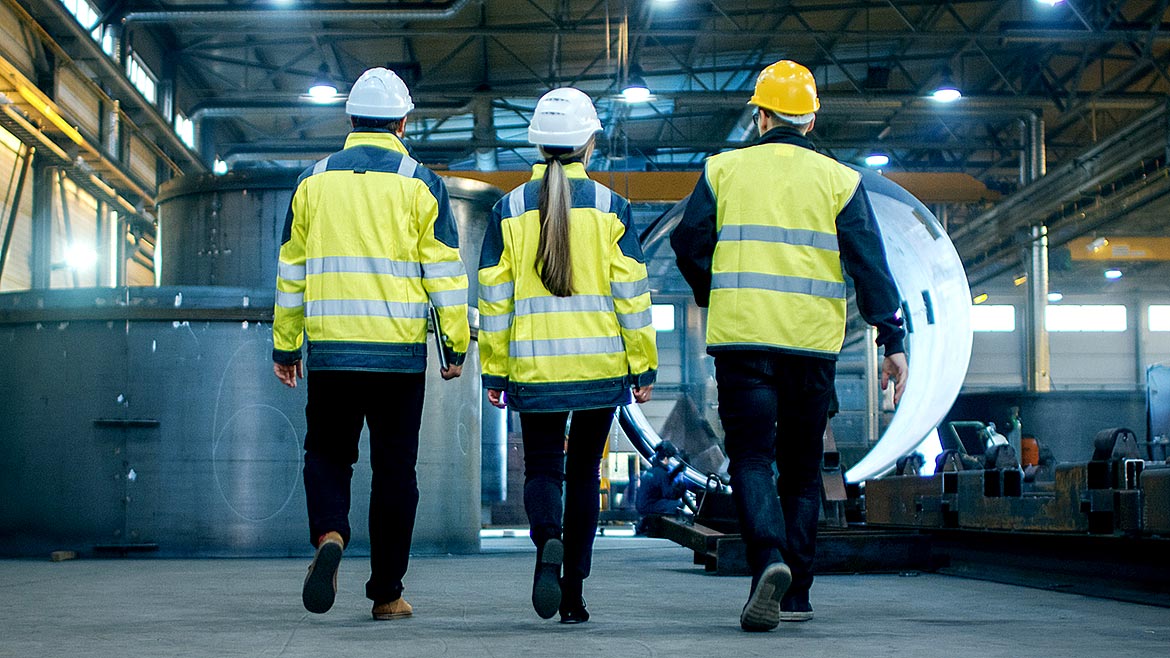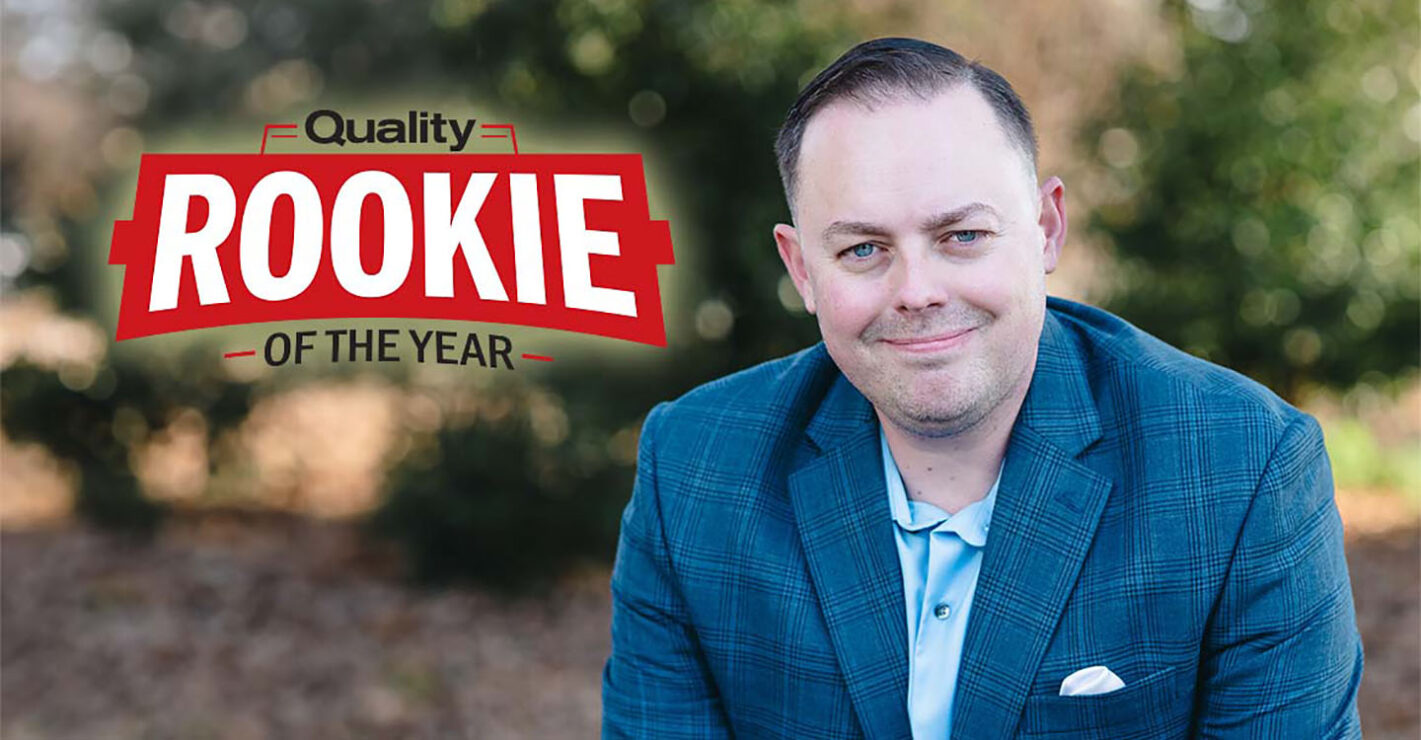ASNT Column | Muriel D. Magloire
Behind the Scenes, Behind Schedule: NDT’s Workforce Shortage
This isn’t just an industry problem—it’s a public safety issue.

Image Source: gorodenkoff / iStock / Getty Images Plus
Behind every successful infrastructure project, safe flight, or energy facility lies an unsung hero—Nondestructive Testing(NDT) professionals. We are the last line of defense before a pipeline goes online, before a bridge reopens to traffic, or before a turbine takes its first spin. We ensure that what appears sound on the outside truly holds up under pressure. Yet beneath the surface of our own industry lies a critical issue—a growing workforce shortage that threatens not just our profession, but public safety and progress itself. In an industry where safety is everything, that’s not a risk we can afford.
The talent gap in NDT is no longer a looming challenge, it’s already here. This isn’t just an industry problem—it’s a public safety issue. According to a 2023 report from the American Society for Nondestructive Testing (ASNT), nearly 30% of certified NDT personnel are over the age of 55, and retirements are accelerating. At the same time, fewer people are entering the field. This trend is especially concerning given the essential nature of our work in aerospace, oil and gas, transportation, nuclear energy, and beyond. A shortage in qualified inspectors can mean project delays, increased costs, and, most critically, compromised safety. I see the effects of this firsthand in my own work. Our teams are stretched thin. New inspectors are hard to find—and even harder to retain. While many of us are proud to work long shifts to meet demand, we can’t overlook the need for reinforcements. We need to start thinking long-term.
One major contributing factor is lack of visibility. The average high school graduate has never heard of NDT. Furthermore, NDT isn’t part of mainstream career conversations, and despite its importance, we haven’t done enough to promote it as a viable, respected career path. As a result, we miss out on the curiosity and ambition of talented individuals who might thrive in this field if only they knew it existed.
Another issue lies in perception. From the outside, NDT looks like a technical, blue-collar job with limited growth. But those of us in the field know better. This work demands critical thinking, attention to detail, and technical expertise. It offers opportunities to travel, to lead, and to make real-world impacts. I’ve personally inspected components that support massive public projects, and knowing that my work directly contributes to safety is a responsibility I take seriously. It’s a point of pride.
Let’s address the pink elephant in the room and talk about the importance of work culture. The NDT industry, like many technical trades, has historically lacked diversity. To attract and retain the next generation, we need to create a work environment that is not just technically rigorous, but also inclusive, supportive, and forward-thinking. For many younger workers, especially Millennials and Gen Z, careers need to offer more than a paycheck. They’re looking for purpose, growth, and a healthy work culture. If we want them in our ranks—and we should—we need to offer all three. According to Deloitte’s 2023 Global Human Capital Trends report, companies with inclusive cultures are twice as likely to meet or exceed financial goals, six times more likely to be innovative, and eight times more likely to achieve better business outcomes. These aren't just feel-good ideas, they're strategic advantages.
Fortunately, some progress is being made. Industry organizations like ASNT and the Nondestructive Testing Management Association (NDTMA) are stepping up with scholarships, outreach efforts, and campaigns to raise awareness. We need to bring NDT into high school classrooms and vocational training centers. We need to mentor early-career techs and support pathways for certification that don’t require massive financial sacrifice. We need leadership to recognize that technical skill and cultural awareness can and should coexist.
I believe the future of NDT is bright, but only if we act now to close this gap. Whether you’re a fellow inspector, a hiring manager, or just someone who cares about the integrity of our world’s infrastructure, your voice matters. Share what you know. Invest in the next generation. Be part of the shift. The strength of this industry has always come from its people. Let’s make sure we have enough of them to carry the torch forward. Behind every safe structure is someone who cared enough to inspect it—and someone who cared enough to train them.
Looking for a reprint of this article?
From high-res PDFs to custom plaques, order your copy today!






